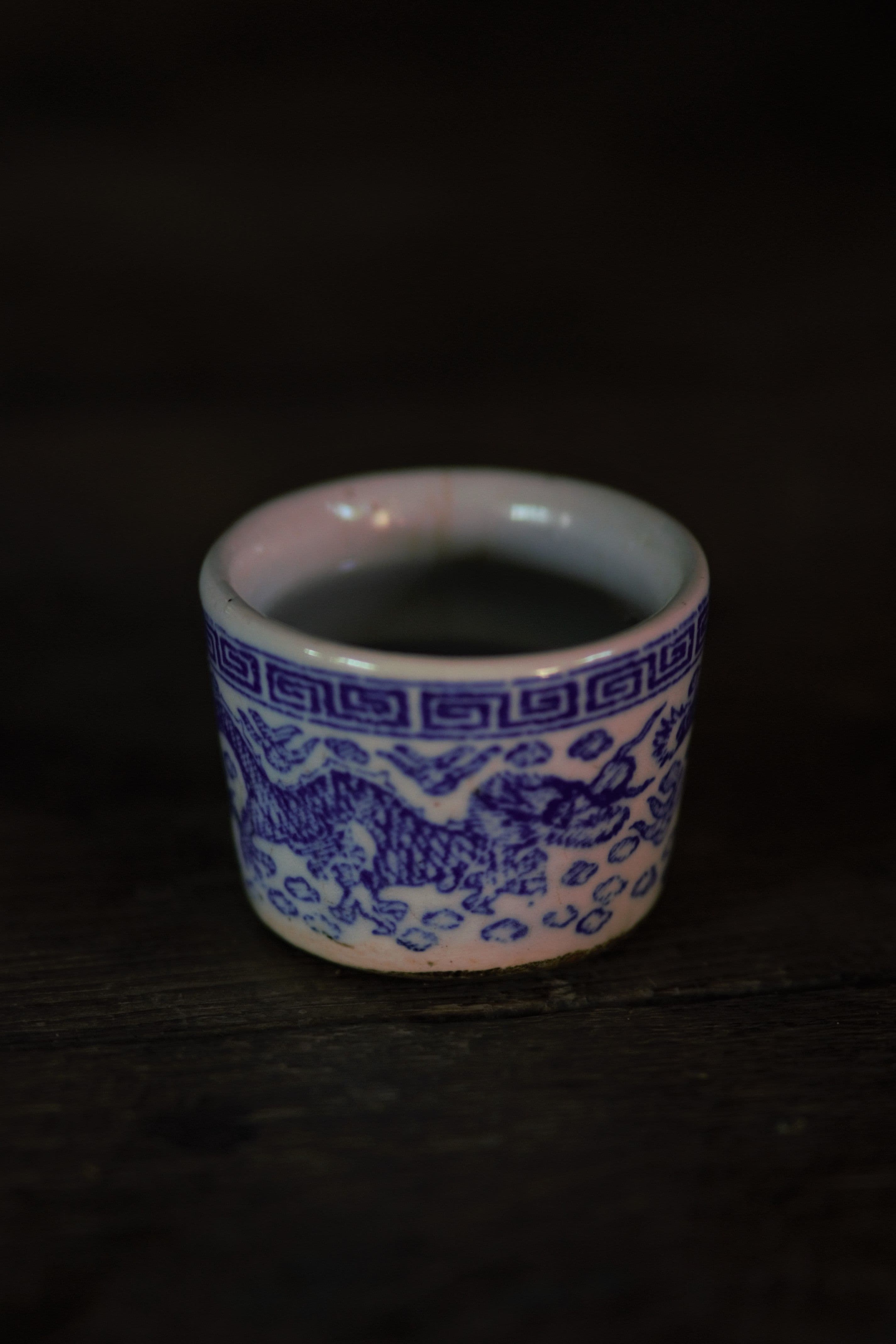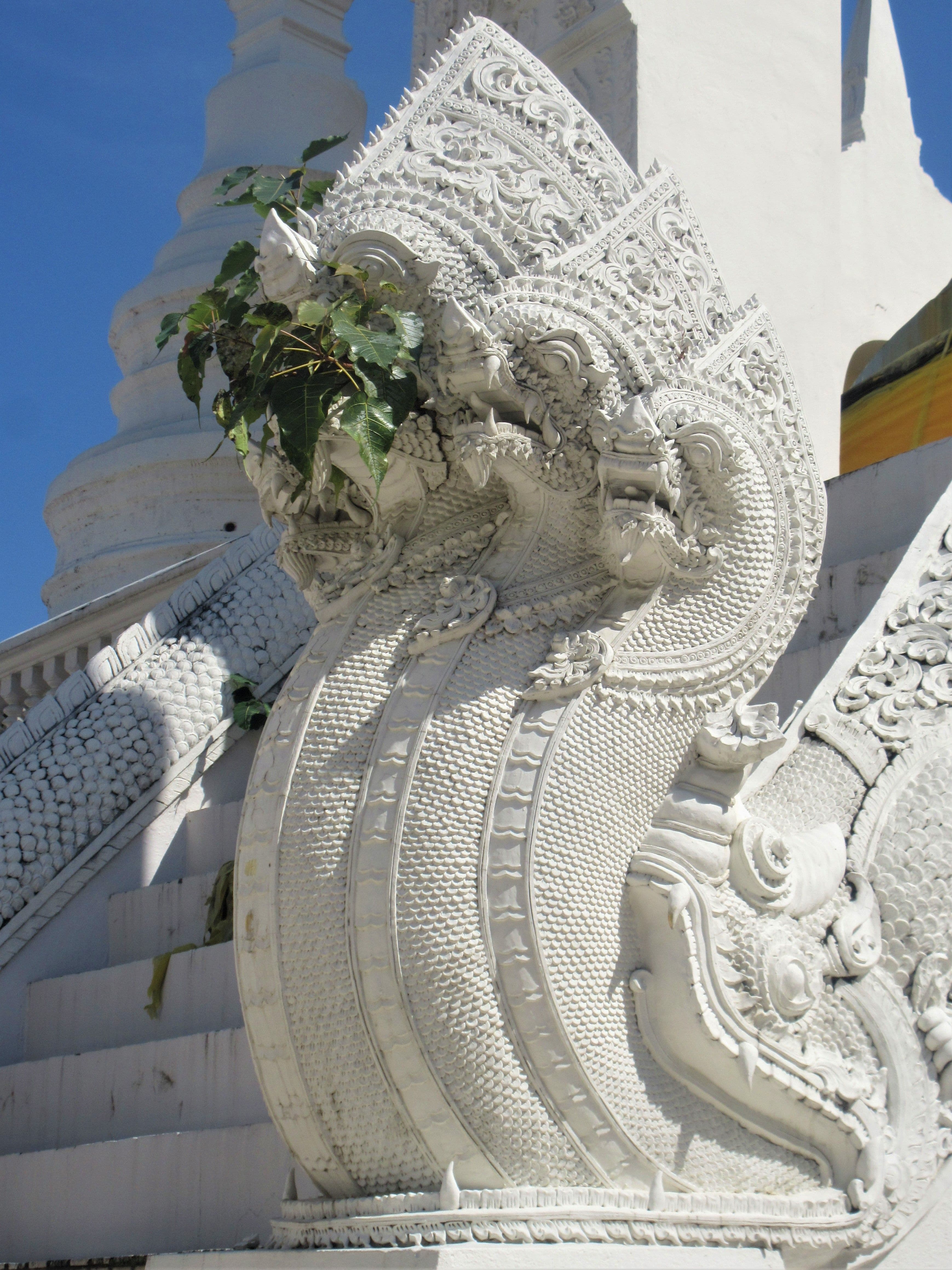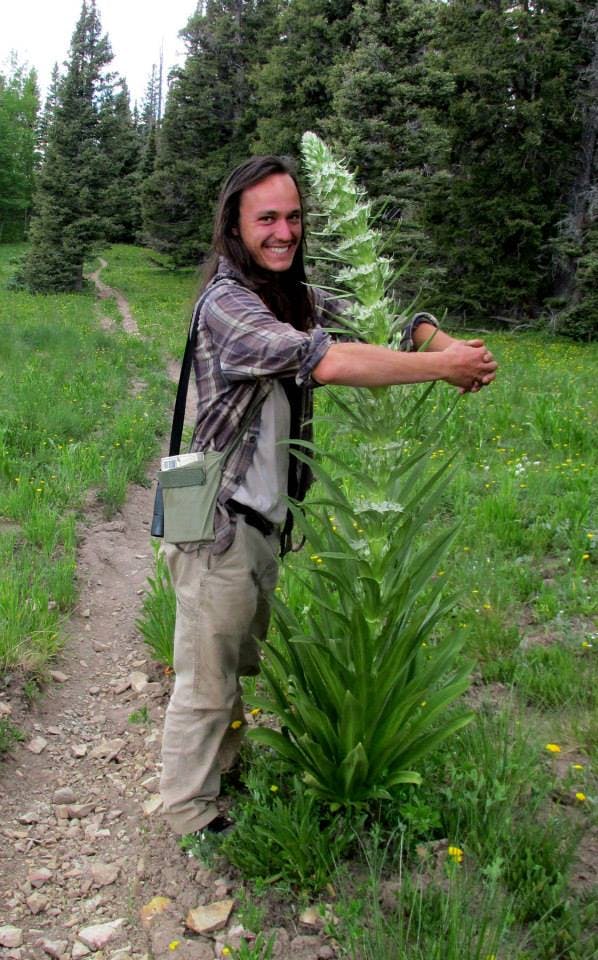This edition of The Ethnobotanical Assembly explores the spiritual dimensions of our complex relationships with plants. These spiritual relations comprise far more than those dictated by the 'big 5' major religions, or by the syncretic and individualized practices of New Age spirituality. Taking into account indigenous cosmologies demonstrates that spiritual traditions originate from vastly different understandings of the human experience, which have generated diverse ways of relating to ourselves and to the world around us.
Major religions often emphasize creation, cosmic forces and the possibility of transformation as central to their cosmology. Other spiritual practices focus primarily on the here and now -- the landscape and the energies that animate it, and the family of human and unhumankind. Both cosmic and local tendencies are found in every spiritual tradition, sometimes in tension with each other and sometimes in harmony.

All these different veins of spirituality are grounded in ecology. They spring from and are substantiated by specific nets of interrelation between humans and other beings. As the base of ecological systems, plants play ubiquitous yet diverse roles in spiritual traditions: as materials, metaphors, teachers, healers and companions. Wherever spiritual practice can be found, from the Catholic sacrament to shamanic soul-calling, plants are present.
It is easy to study an element of culture, such as agriculture or art, without regard to the cosmology that underlies and gives birth to these expressions of understanding. But the most basic practice, such as growing a staple crop, can also be a doorway into a deeper significance, revealing a nuanced perception of the lifecycle of fertility in the land, which may be upheld by sacrifice and prayer (Barrera-Bassols and Toledo 2005). The cosmological understanding that underpins indigenous agriculture often significantly shapes farming practices, as Dario Novellino's piece about Batak perceptions of plant sentience and swidden farming demonstrates. When agricultural plant spirits are acknowledged as agents in the process of food production, like maize in parts of Mesoamerica (Just 2009), the stories that develop around them help regulate the plant's careful relationship with people.
In many cultures, plant spirits serve important roles as mediators between humans and other beings, particularly in domains like medicine, agriculture and hunting. My piece about Antiaris toxicaria, an arrow poison plant used by the Raglai, shows how a contractual relationship with plant spirits can be central to successful hunting. Some plant spirits are considered teachers that can gift humans with knowledge or power to aid their perception and spiritual development (Jauregui et al 2011). Evan Meyer's piece on Datura touches on the ancient connection many cultures have with psychoactive plants, or entheogens, and the plant spirits that animate them. Plant spirit traditions can also be dynamic, as shown in Giorgia Tresca's discussion of how the Amazonian dieta practice is being adapted to build connections with new environments and new plant spirits in Europe.
Rituals are central to many spiritual traditions, and when plants are not the explicit focus, they are often the means by which ritual is accomplished. In Deepa Natarajan's piece about plant use in South Indian temples, many plant-human relations are called upon in the assembly of complex rituals. Plants can also provide the setting within which ritual and spiritual practice occurs. Fabrizio Frascaroli and Thora Fjeldsted's work on the connection between sacred trees and monastic communities in Italy joins a growing scholarship on the role of sacred trees, groves and forests in spiritual traditions worldwide (Verschuuren et al 2010). From a multispecies perspective, these plants can be conceived of as participants in spiritual traditions, and they may be appealed to for guidance or help.
Certain plants are singled out by every tradition as particularly sacred or auspicious, and their qualities are celebrated in mythology and utilized in ritual. In major religions as well as animistic and shamanic traditions, specific plants are elevated to a role of critical importance in the spiritual life of humankind (Jain and Kapoor 2007). Some powerful plants are invoked for spiritual protection, such as the use of smudging for purification (Guedon 2000), or flowers and sprigs placed above doorways for the protection of the household. Others are used as offerings, for good luck, fertility or divination. Some plants can play many roles, like the ritual use of tobacco by the Maya as offering, protection, invocation and medicine (Groark 2010).
Stories about plants can encode spiritual and ecological knowledge, and the plants themselves can teach us. But plants can also have purely symbolic power, such as the potent metaphor of the Tree of Life, which has expressions in many cultures (Dafni 2006:3). From the biblical trees in the garden of Eden to the Bodhi Trees of the 28 Buddhas, these sacred plants are powerful symbols that encapsulate our many worlds. This is perhaps the level where plant spirituality reaches its most mysterious and sublime.

The recognition of plants' miraculous capacity to transform errant light into energy and life brings us closer to grasping their essential nature, which is of a different quality, molded for a different purpose, than our own. Whether as guides or friends, allies or children, plants are our constant companions on the search to discern this purpose. They provide our food, give us medicine and clothe our bodies, houses and our world. Beyond their material nature, plants reveal subtleties of being that we are more or less aware of, depending on our cultural and inner tendencies. Our relationships with these plant beings can be an immense support in the spiritual unfolding of our lives.
In today's world, where a crisis of vast scope is threatening the integrity of our social and ecological existence, there is a dire need to recognize and remember our ancient spiritual relationship with plants, the sustainers of the conditions of life. But dynamism is the rule of manifestation, and old ways cannot continue without a constant process of transformation that reinvigorates the form without sacrificing the essence. There is a powerful need for all of us, both as individuals and as collectives and communities, to reengage with the sources of life and find new ways of expressing and reenacting our interdependence. It is in this spirit that Charlie Morton's piece offers guidance for engaging in contemplative foraging, a radical act of reunion with our plant-based food source. Bringing the renewal of our environmental relationship to the level of the landscape, Francesca Castagnetti's piece calls for new ways to name and to embody the plants and plant communities that constitute the unseen fabric of our world.
In an interview with Jesse Boyes, Wade Davis discusses the lifelong journey that has led him from anthropology to ethnobotany to storytelling to activism. Plants have been his constant companions along the way. Anyone who has delved into their mysteries undergoes a similar process, following plants along the pathways of manifestation from the material to the unseen, the known to the unknowable. Enjoy this edition of The Ethnobotanical Assembly, and may it awaken a long journey of discovery into the spiritual life of plants.
References
- Barrera-Bassols, N., & Toledo, V. M. (2005). Ethnoecology of the Yucatec Maya: Symbolism, knowledge and management of natural resources. Journal of Latin American Geography, 4:1, 9--41.
- Dafni, A. (2006). On the typology and the worship status of sacred trees with a special reference to the Middle East. Journal of Ethnobiology and Ethnomedicine, 2:26, 1--14.
- Groark, K. P. (2010). The angel in the gourd: Ritual, therapeutic, and protective uses of tobacco (Nicotiana tabacum) among the Tzeltal and Tzotzil Maya of Chiapas, Mexico. Journal of Ethnobiology, 30:1, 5--30.
- Guédon, M.-F. (2000). Sacred smokes in circumboreal countries: An ethnobotanical exploration. The Northern Review, 22:Winter, 29--42.
- Jain, S. K., & Kapoor, S. L. (2007). Divine botany-universal and useful but under explored traditions. Indian Journal of Traditional Knowledge, 6:3, 534--539.
- Jauregui, X., Clavo, Z. M., Jovel, E. M., & Pardo-De-Santayana, M. (2011). "Plantas con madre": Plants that teach and guide in the shamanic initiation process in the East-Central Peruvian Amazon. Journal of Ethnopharmacology, 134(3), 739--752.
- Just, B. R. (2009). Mysteries of the maize god. Record of the Art Museum, Princeton University, 68, 2--15.
- Verschuuren, B., Wild, R., Mcneely, J., & Oviedo, G. (Eds.). (2010). Sacred Natural Sites: Conserving Nature and Culture. London: Earthscan.
